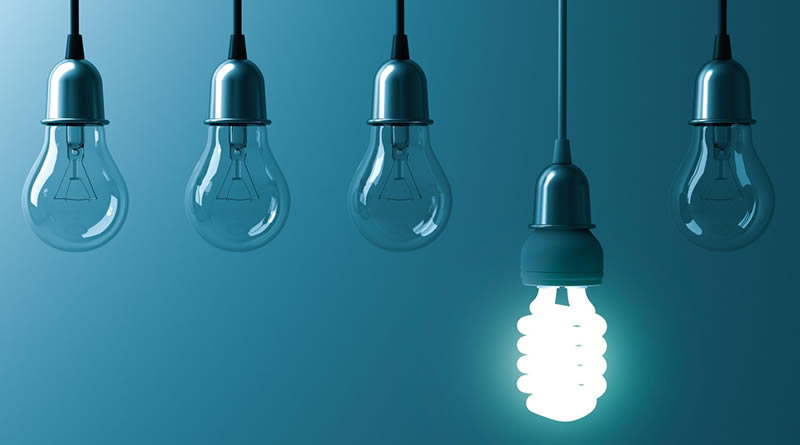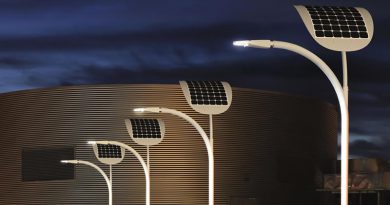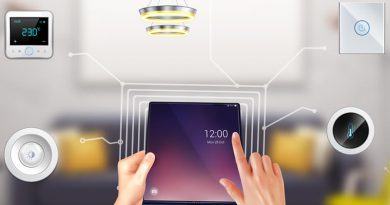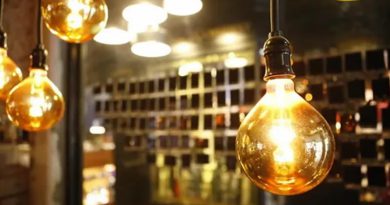Enhancing Energy Efficiency in Lighting: Tips and Strategies
In today’s world, energy efficiency has become a key consideration in various aspects of our lives, including lighting. Finding ways to enhance energy efficiency in lighting not only helps reduce electricity consumption but also contributes to a more sustainable and environmentally friendly future. In this article, we explore effective tips and strategies for maximizing energy efficiency in lighting, allowing you to make informed choices and create well-lit spaces while minimizing energy waste.
Energy-Efficient Lighting Technologies
One of the fundamental ways to enhance energy efficiency in lighting is by choosing energy-efficient lighting technologies. LED (Light Emitting Diode) lighting, for instance, has gained popularity for its exceptional energy-saving characteristics. LEDs consume significantly less electricity compared to traditional incandescent or fluorescent bulbs while delivering the same level of brightness. By replacing outdated lighting technologies with LEDs, you can immediately reduce energy consumption and enjoy long-term savings.
Smart Lighting Controls
Another effective strategy for enhancing energy efficiency in lighting is the implementation of smart lighting controls. These innovative systems allow you to have greater control over lighting levels and timing, enabling you to optimize energy usage. Dimmers, occupancy sensors, and programmable timers are examples of smart lighting controls that can be employed to automatically adjust lighting intensity or turn lights off when spaces are unoccupied. By using these controls strategically, you can minimize energy waste without compromising on comfort and convenience.
Natural Lighting Integration
Integrating natural light into your lighting design is a sustainable approach that can significantly enhance energy efficiency. By maximizing the use of daylight through well-placed windows, skylights, or light tubes, you can reduce the need for artificial lighting during daylight hours. Natural light not only saves energy but also creates a more visually pleasing and comfortable environment. Consider the orientation of your space, the placement of windows, and the use of light-reflective surfaces to optimize natural light penetration.
Efficient Lighting Layout and Design
Careful planning and design of lighting layouts can also contribute to improved energy efficiency. By strategically placing light fixtures and selecting appropriate lighting levels, you can ensure that light is directed where it is needed most and minimize unnecessary illumination. Task-specific lighting, such as desk lamps or under-cabinet lighting, allows for focused lighting while reducing the overall energy consumption. Additionally, utilizing light-colored surfaces and employing reflective materials can help distribute light more effectively, reducing the need for additional fixtures.
Regular Maintenance and Upkeep
Maintaining lighting fixtures in good working condition is essential for optimizing energy efficiency. Regular cleaning, replacing faulty components, and ensuring proper electrical connections can improve the performance and longevity of your lighting system. Additionally, upgrading to more efficient bulbs or retrofitting existing fixtures with energy-saving options can further enhance energy efficiency.
Conclusion
Enhancing energy efficiency in lighting is a critical step towards a greener and more sustainable future. By embracing energy-efficient lighting technologies, implementing smart lighting controls, integrating natural light, optimizing lighting layouts, and conducting regular maintenance, you can minimize energy waste while enjoying well-lit and visually appealing spaces. The journey towards energy efficiency starts with informed choices and a commitment to sustainable lighting practices. Let’s illuminate our lives while treading lightly on our planet.




